Home>Storage & Organization>Office & Desk Organizers>How To Organize Office Supplies
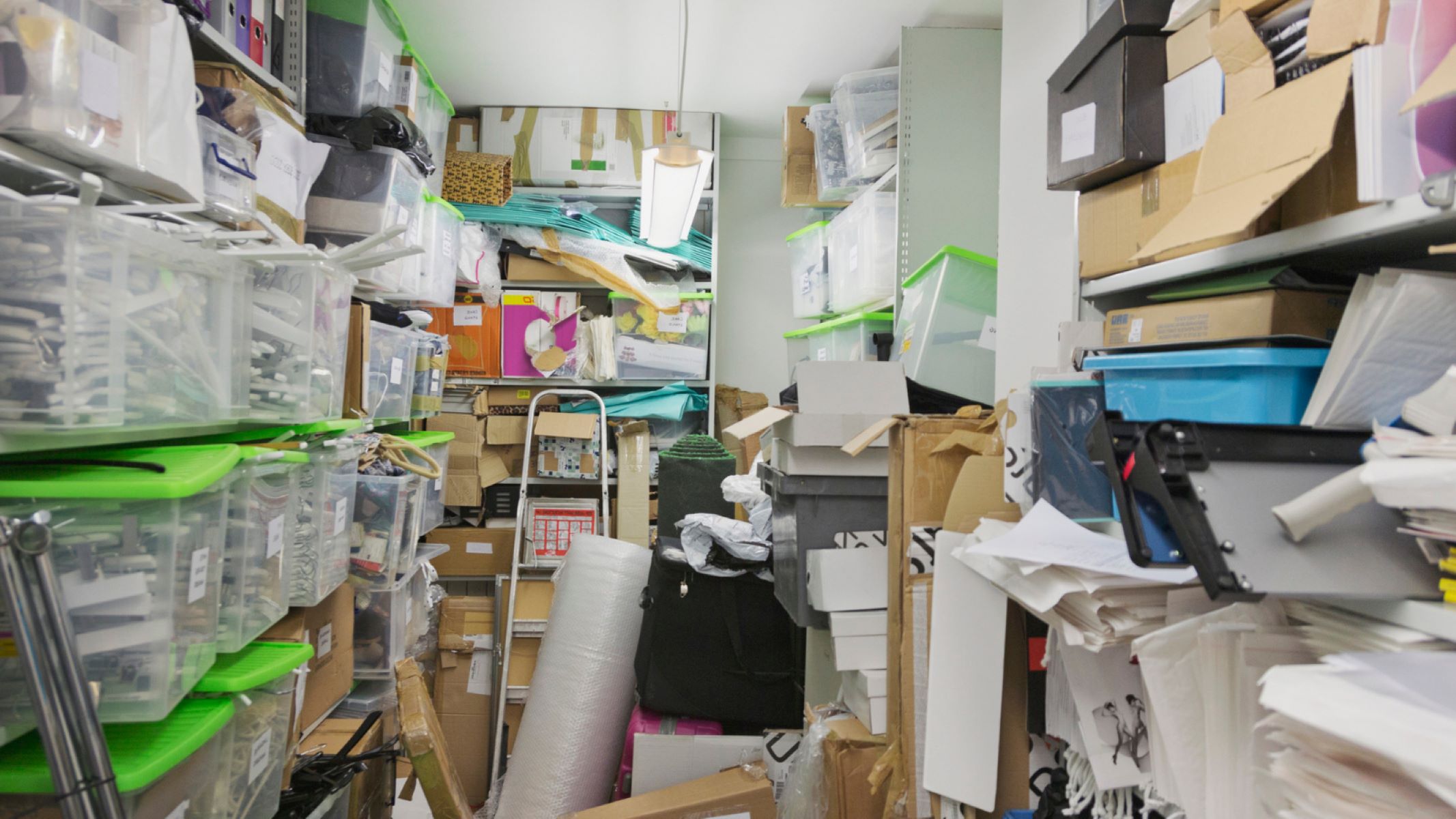

Office & Desk Organizers
How To Organize Office Supplies
Modified: March 20, 2024
Learn how to efficiently organize your office supplies with our expert tips and ideas for office and desk organizers. Streamline your workspace today!
(Many of the links in this article redirect to a specific reviewed product. Your purchase of these products through affiliate links helps to generate commission for Storables.com, at no extra cost. Learn more)
Introduction
Are you tired of constantly searching for your office supplies? Do you find yourself overwhelmed by the clutter on your desk or in your office space? Organizing your office supplies can help you work more efficiently and reduce stress. In this article, we will explore practical tips and strategies for organizing your office supplies, so you can create a more functional and productive workspace. Whether you work from home or in a traditional office setting, these tips will help you take control of your workspace and streamline your daily tasks.
Key Takeaways:
- Takeaway 1:
Organizing office supplies can make your workspace more efficient and less stressful. Assess your needs, choose the right storage, and sort and label supplies to create a functional and productive environment. - Takeaway 2:
By creating an efficient reordering system, you can ensure that your office supplies are consistently replenished, leading to a well-organized workspace and smooth daily tasks.
Assessing Your Office Supply Needs
Before you start organizing your office supplies, it's essential to assess your needs. Take a look at the supplies you currently have and consider the following factors:
-
Inventory Check: Begin by taking stock of all your office supplies. This includes pens, pencils, paper, notebooks, staplers, paper clips, sticky notes, and any other items you use regularly. Make a list of everything you have to get a clear picture of what you need to organize.
-
Usage Frequency: Evaluate how often you use each type of supply. Some items may be used daily, while others are only used occasionally. Understanding your usage patterns will help you prioritize and allocate storage space accordingly.
-
Storage Space: Consider the available storage space in your office. Do you have drawers, shelves, or cabinets? Assess the capacity and layout of your storage areas to determine how you can best utilize them.
-
Future Needs: Anticipate your future supply needs. Are there any upcoming projects or changes in your work that may require additional supplies? Thinking ahead will help you create a system that can adapt to your evolving needs.
By thoroughly assessing your office supply needs, you can lay the groundwork for an effective organization system that is tailored to your specific requirements.
Choosing the Right Storage Solutions
When it comes to organizing office supplies, selecting the right storage solutions is crucial for maintaining a tidy and functional workspace. Here are some key considerations to keep in mind when choosing storage options:
-
Space Utilization: Assess the available space in your office and identify areas where you can incorporate storage solutions. Utilize vertical space by installing shelves or wall-mounted organizers to maximize storage without cluttering your desk or work surface.
-
Storage Containers: Invest in high-quality storage containers that are durable and appropriately sized for different types of supplies. Clear plastic bins or stackable drawers are ideal for storing items like paper, notebooks, and stationery, allowing you to see the contents at a glance.
-
Drawer Organizers: For smaller items such as paper clips, rubber bands, and sticky notes, consider using drawer organizers with compartments. These organizers keep small supplies neatly separated and easily accessible, preventing them from getting mixed up or lost in larger drawers.
-
Desktop Organizers: Keep frequently used supplies within arm's reach by using desktop organizers. Choose organizers with compartments or dividers to store pens, pencils, scissors, and other essentials while keeping your desk surface clutter-free.
-
Cabinet and Closet Storage: If you have cabinets or closets in your office, make the most of these spaces by installing shelves, hooks, or door organizers. This allows you to store bulkier items, such as printer paper, toner cartridges, or office equipment, out of sight but still easily accessible.
-
Mobile Storage: Consider mobile storage options such as rolling carts or portable caddies for supplies that need to be frequently moved between workstations or stored away when not in use. These versatile solutions provide flexibility and convenience in a dynamic work environment.
By carefully selecting the right storage solutions based on your specific needs and available space, you can create an organized and efficient office supply storage system that enhances productivity and reduces clutter.
Sorting and Categorizing Supplies
Sorting and categorizing your office supplies is a fundamental step in creating an organized and efficient workspace. By grouping similar items together and assigning them designated storage areas, you can streamline your workflow and easily locate the supplies you need. Here's how to effectively sort and categorize your office supplies:
-
Group Similar Items: Start by gathering all your office supplies and grouping them based on their function or category. For example, gather all writing utensils such as pens, pencils, markers, and highlighters in one place, and collect paper, notebooks, and sticky notes in another.
-
Create Categories: Once you have your supplies grouped, create specific categories for each type of item. Common categories may include writing tools, paper products, desk accessories, filing supplies, and electronic accessories. Assigning clear categories helps you establish a logical organization system.
-
Allocate Storage Areas: Determine where each category of supplies will be stored based on their frequency of use and accessibility. Keep frequently used items within easy reach, while storing less frequently used items in designated drawers, shelves, or cabinets.
-
Consider Workflow: When categorizing supplies, consider your workflow and how you naturally use these items. For example, keep writing tools near your primary work area, place frequently referenced documents or files in a nearby filing system, and store electronic accessories close to your devices.
-
Labeling System: Implement a labeling system to clearly identify the contents of each storage area or container. Use labels or tags to mark the categories and subcategories, making it easy to locate and return items to their designated spots.
-
Maintain Consistency: Once you have established your sorting and categorizing system, maintain consistency in how you organize and store your supplies. Encourage everyone in the office to adhere to the system to ensure its effectiveness.
By sorting and categorizing your office supplies, you create a structured and intuitive organization system that simplifies daily tasks and contributes to a more productive work environment.
Use containers and dividers to categorize and separate different types of office supplies. Label each container to easily find what you need.
Labeling and Maintaining Inventory
Proper labeling and maintaining inventory are essential components of an effective office supply organization system. By implementing a clear labeling system and regularly monitoring your inventory, you can ensure that supplies are easily identifiable, accessible, and replenished when needed. Here's how to approach labeling and maintaining inventory in your workspace:
-
Labeling Supplies: Utilize labels, tags, or adhesive markers to clearly identify storage areas, containers, and individual supplies. Labeling should be descriptive and visible, making it easy for anyone to locate specific items. Consider using color-coded labels for different categories or departments to enhance visual organization.
-
Consistent Labeling Format: Establish a consistent labeling format throughout your workspace to maintain uniformity and clarity. Whether using printed labels, handwritten tags, or digital labeling systems, ensure that everyone follows the same format to avoid confusion and streamline the retrieval of supplies.
-
Inventory Tracking: Implement a system for tracking inventory levels, especially for frequently used supplies. This can be as simple as maintaining a spreadsheet or using inventory management software to monitor stock levels, reorder points, and usage patterns. Regularly update and review the inventory to prevent shortages and overstocking.
-
Reorder Alerts: Set up reorder alerts or reminders for critical supplies that need replenishment. This proactive approach ensures that you never run out of essential items, preventing disruptions to your workflow. Utilize digital tools or calendar reminders to prompt timely reordering of supplies.
-
First-In-First-Out (FIFO): For perishable or consumable supplies such as printer cartridges or stationery, adopt a FIFO approach to ensure that older stock is used first. This practice prevents items from expiring or becoming obsolete, optimizing inventory turnover and minimizing waste.
-
Regular Audits: Conduct regular audits of your office supply inventory to identify any discrepancies, damaged items, or obsolete stock. Purge expired or unusable items, and adjust your inventory records accordingly to maintain accuracy and efficiency.
-
Collaborative Maintenance: Encourage all team members to participate in maintaining the labeling and inventory system. Foster a culture of responsibility and accountability for keeping the workspace organized and supplies well-maintained.
By implementing a robust labeling system and diligently maintaining inventory, you can streamline supply management, minimize waste, and ensure that your workspace remains well-stocked and organized for optimal productivity.
Creating an Efficient Reordering System
An efficient reordering system is essential for ensuring that your office supplies are consistently replenished without unnecessary delays or shortages. By establishing a streamlined process for reordering supplies, you can maintain a well-organized workspace and avoid disruptions to your daily tasks. Here's how to create an efficient reordering system for your office supplies:
-
Centralized Requisition Point: Designate a centralized requisition point where all supply requests are submitted. This could be a physical location, such as a designated inbox or form, or a digital platform where employees can submit their requests electronically. Centralizing the process helps consolidate orders and prevents duplicate or unnecessary purchases.
-
Standardized Requisition Form: Develop a standardized requisition form that includes essential details such as the item name, quantity needed, department or user, and the reason for the request. Standardizing the form ensures that all necessary information is provided, streamlining the ordering process and facilitating accurate inventory tracking.
-
Approval Workflow: Implement an approval workflow to ensure that supply requests are reviewed and authorized before proceeding with the purchase. This may involve designated approvers based on departmental budgets or specific authorization levels. Clearly defined approval processes prevent unauthorized spending and promote accountability.
-
Consolidated Ordering: Consolidate supply orders to leverage bulk purchasing and negotiate favorable pricing with vendors. By aggregating orders from different departments or team members, you can benefit from volume discounts and minimize shipping costs, ultimately optimizing your procurement budget.
-
Vendor Relationships: Cultivate strong relationships with reliable vendors or suppliers to streamline the reordering process. Establish preferred vendors for different categories of supplies and negotiate service level agreements to ensure timely deliveries and competitive pricing. Maintaining vendor relationships can lead to better service and support for your supply needs.
-
Automated Reordering: Utilize automated reordering systems for frequently used or critical supplies. This may involve setting up standing orders with suppliers based on predetermined reorder points or utilizing inventory management software that automatically generates purchase orders when stock levels reach a specified threshold. Automation reduces the administrative burden and minimizes the risk of stockouts.
-
Budget Monitoring: Integrate budget monitoring into the reordering system to track expenditure on office supplies. Regularly review spending against allocated budgets and identify any variances or discrepancies. This proactive approach allows for better financial planning and control over procurement expenses.
-
Delivery and Receipt Process: Establish a streamlined process for receiving and verifying supply deliveries. Designate a receiving area where incoming shipments are inspected, checked against the order details, and documented for accuracy. Promptly addressing any discrepancies or damages ensures that you receive the correct items in good condition.
By implementing an efficient reordering system that encompasses centralized requisition, standardized processes, vendor management, and automation, you can effectively manage your office supply procurement while maintaining cost efficiency and operational continuity.
Conclusion
In conclusion, organizing your office supplies is a transformative process that can significantly enhance your productivity and efficiency in the workplace. By assessing your needs, choosing the right storage solutions, sorting and categorizing supplies, labeling and maintaining inventory, and creating an efficient reordering system, you can establish a well-structured and functional workspace. The benefits of a well-organized office supply system extend beyond mere tidiness; it contributes to a conducive work environment, reduces time wasted on searching for items, and ensures that essential supplies are readily available when needed. Embracing these organizational strategies will not only streamline your daily tasks but also contribute to a more positive and productive work experience. Take the initiative to implement these tips and witness the positive impact they can have on your work life.
Frequently Asked Questions about How To Organize Office Supplies
Was this page helpful?
At Storables.com, we guarantee accurate and reliable information. Our content, validated by Expert Board Contributors, is crafted following stringent Editorial Policies. We're committed to providing you with well-researched, expert-backed insights for all your informational needs.
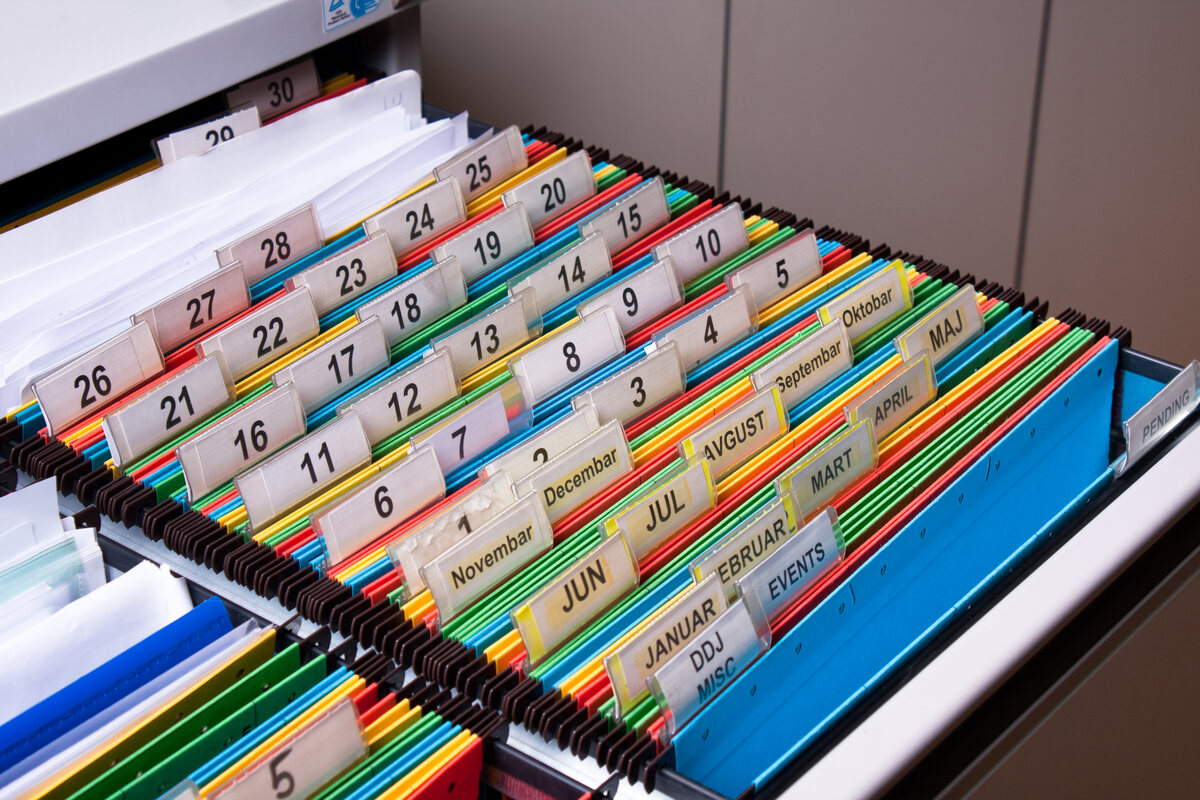



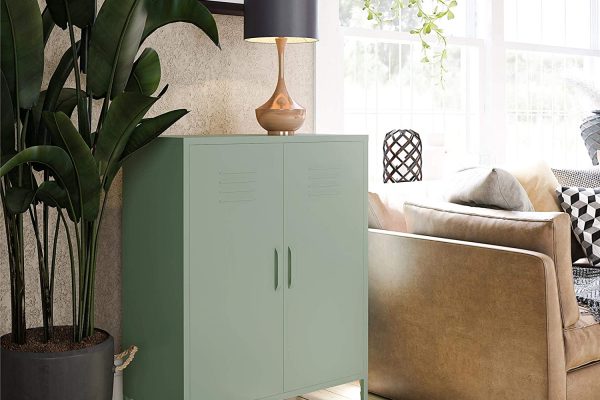
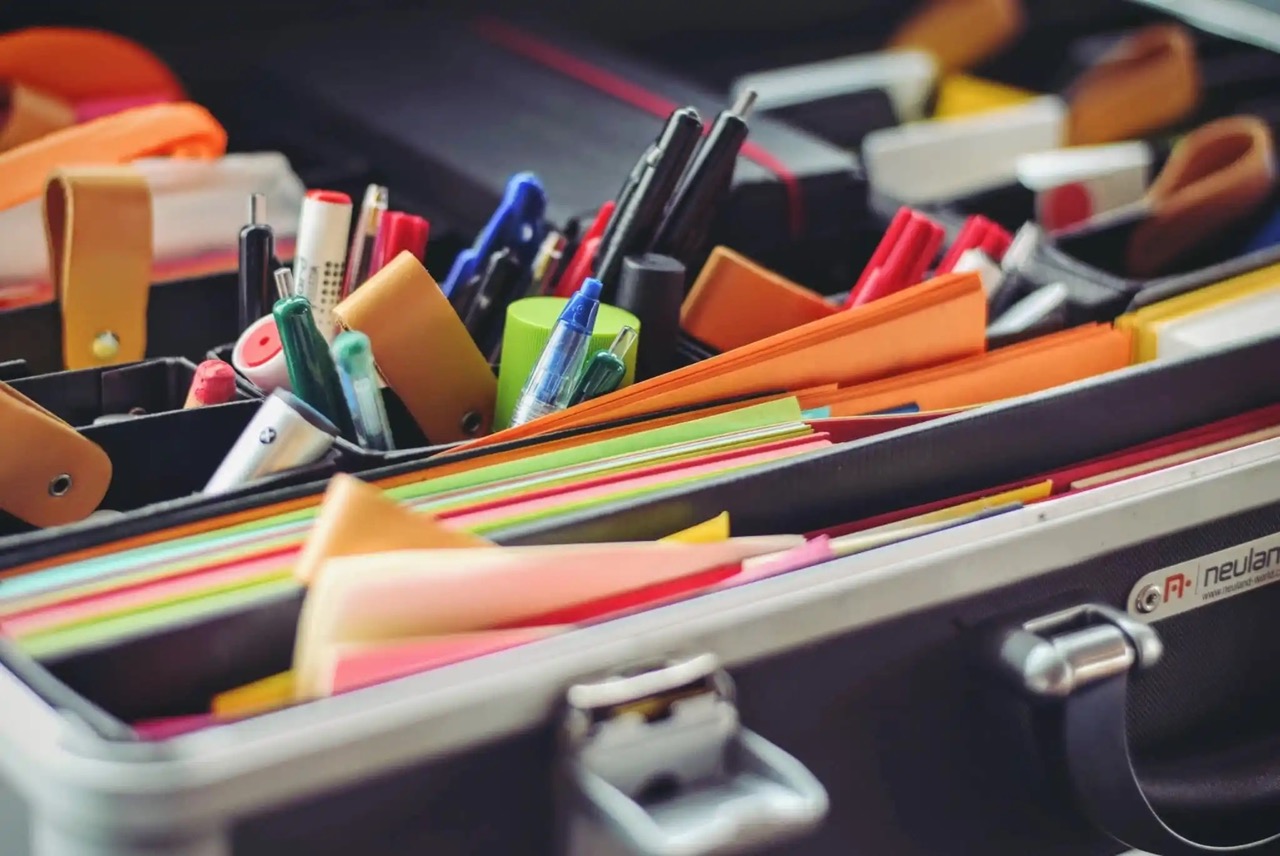
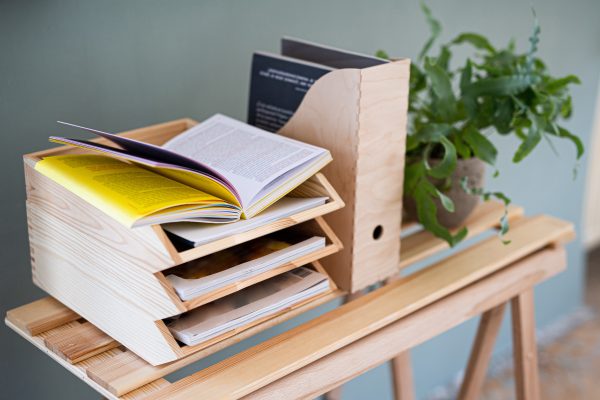

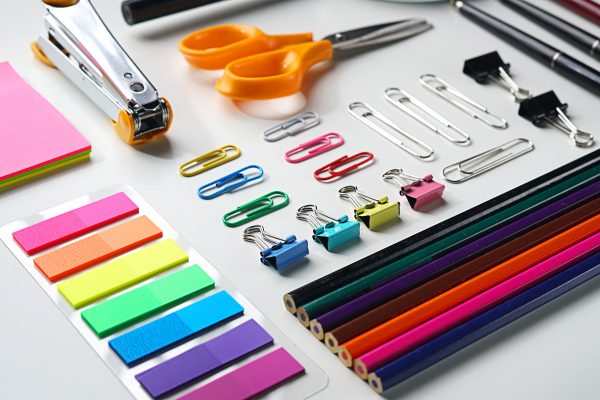
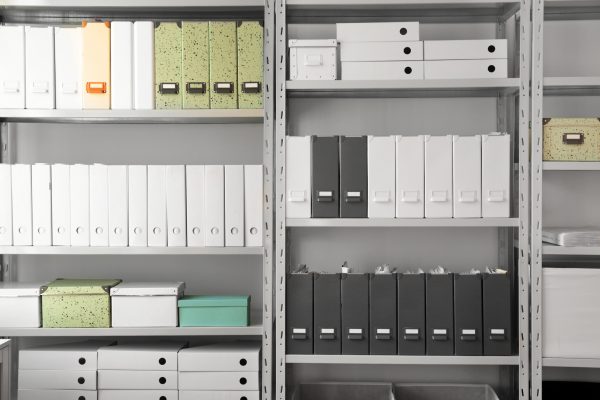

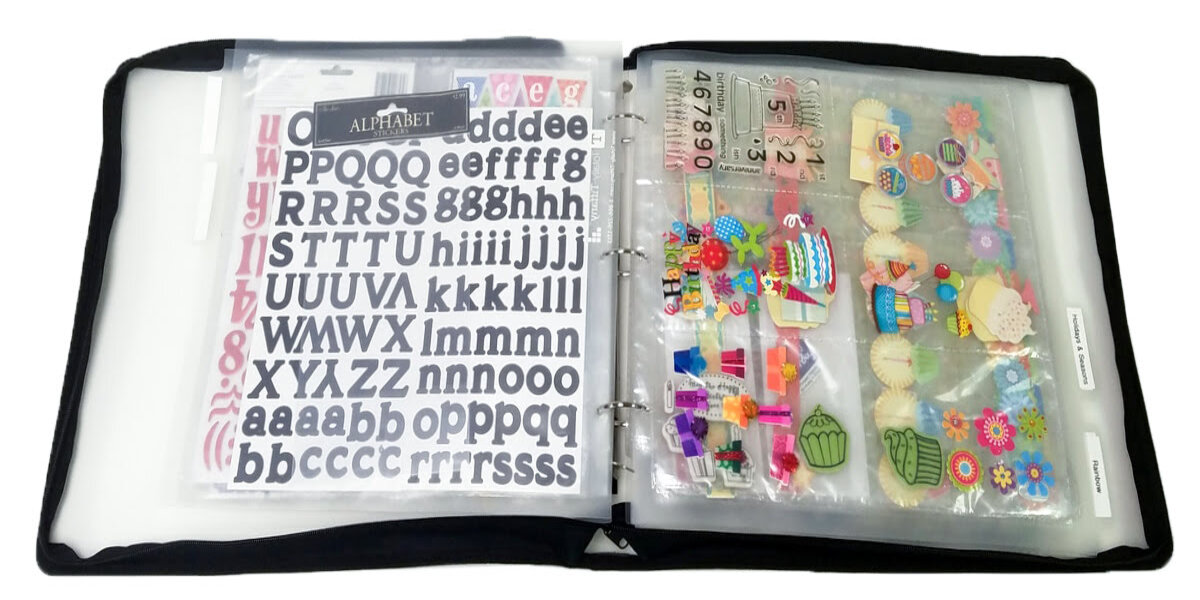
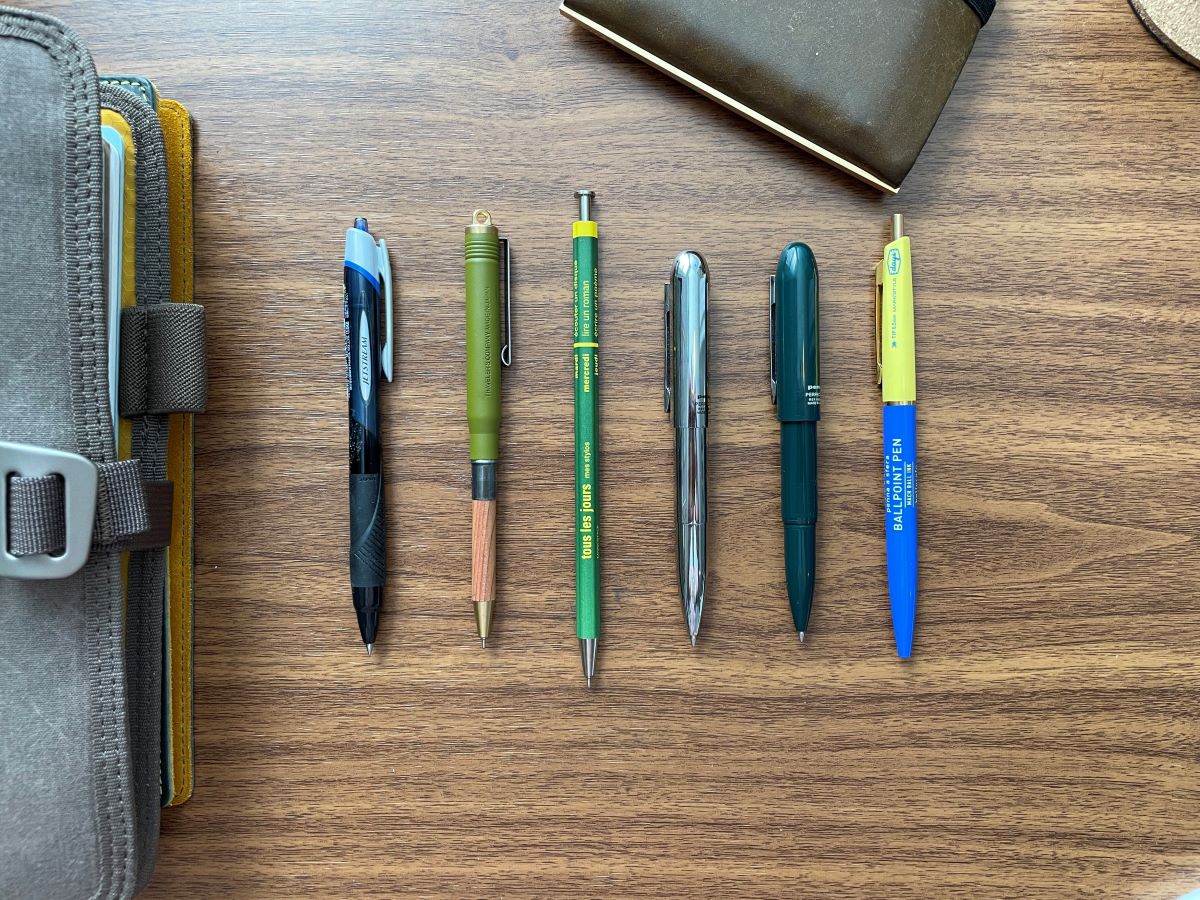
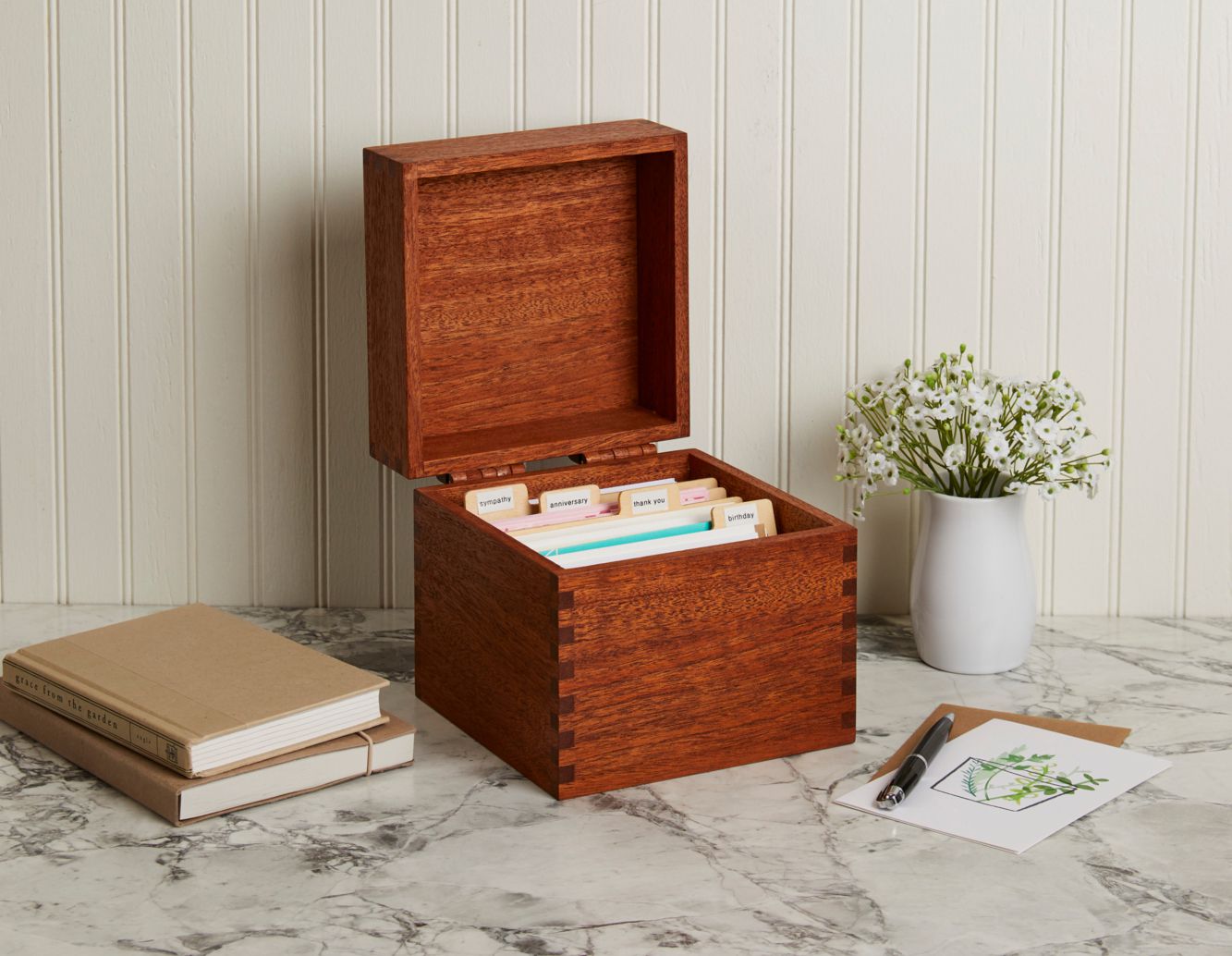

0 thoughts on “How To Organize Office Supplies”